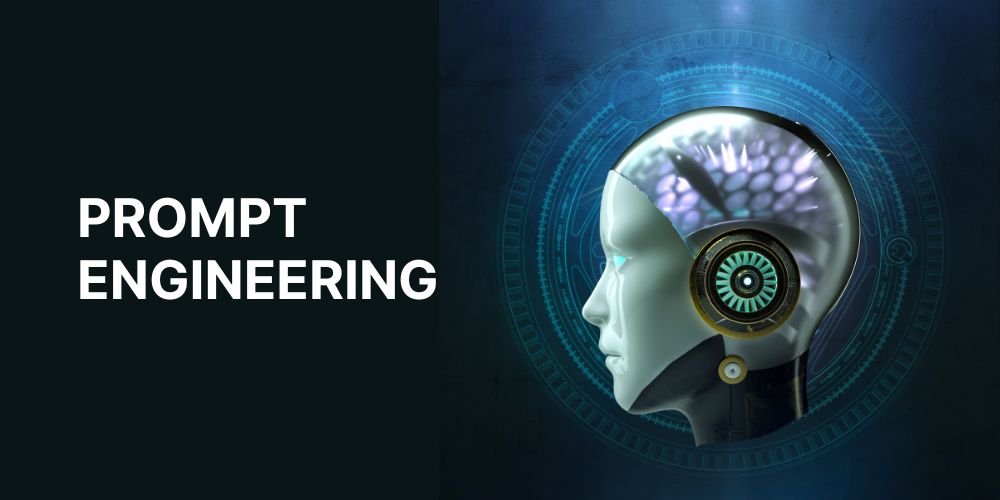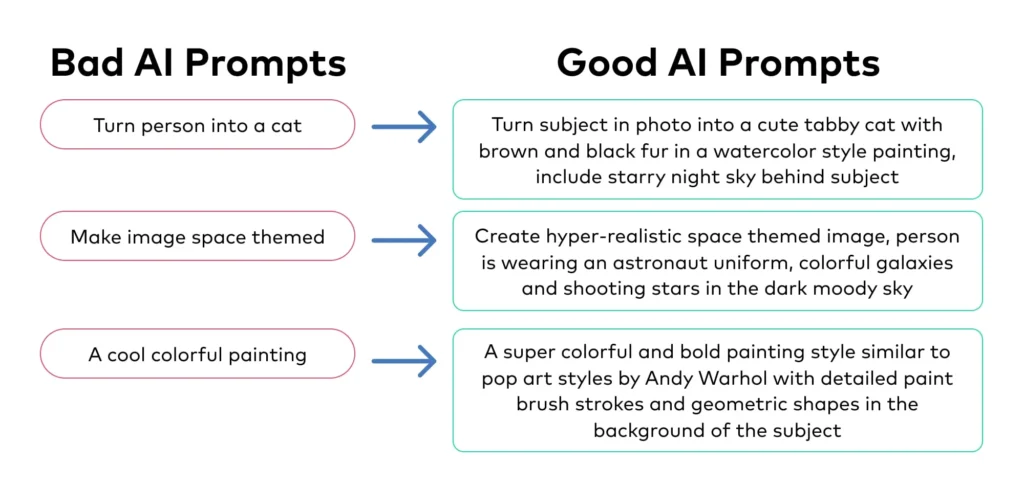
Artificial Intelligence is a powerful tool that can help you write faster, research smarter, and create content more efficiently. But with the rise of AI-generated text, schools, employers, and publishers are increasingly using AI detection tools to check for plagiarism and authenticity.
1. Use AI as a Starting Point—Not the Final Word
What it does:
AI should be used to generate ideas , suggest structures , or rewrite drafts —not to submit as-is.
How to use it:
- Ask AI:”Explain photosynthesis in simple terms.”
“Outline a blog post about digital marketing trends in 2025.”
📝 Tip: Always rewrite, paraphrase, and add your own examples or insights.

2. Rewrite AI Output in Your Own Words
What it does:
Plagiarism often occurs when users copy AI content verbatim. The solution? Make it your own.
How to use it:
- Take the AI output and:
- Change sentence structure
- Replace phrases with synonyms
- Add personal experiences or opinions
- Rearrange paragraphs to match your flow
📌 Best for: Students, bloggers, and professionals using AI for content creation.
3. Add Personal Insights and Real Examples
What it does:
Even if AI writes a strong draft, your unique perspective makes it truly original.
How to use it:
- After generating content with AI, ask yourself:
- How does this apply to my experience?
- Can I add a real-life example?
- What is my opinion on this topic?
💡 Bonus: This also improves engagement and depth.
4. Cite Sources When Using AI for Research
What it does:
If you’re using AI to summarize academic papers, reports, or studies, always cite the original sources—not just the AI.
How to use it:
- If AI summarizes an article from Harvard Business Review:
- Cite the HBR article, not ChatGPT
- If AI helps explain a scientific concept:
- Still reference any data or facts it pulls from known sources
📌 Best for: Academic writing, research papers, and professional reports.
5. Use AI to Improve Your Drafts, Not Write Them
What it does:
Instead of asking AI to write for you, use it to enhance what you’ve already written.
How to use it:
- Ask AI:”Improve the clarity of this paragraph.”
“Make this email sound more professional.”
“Suggest better transitions between these sections.”
📝 Tip: This keeps your voice intact while leveraging AI for polish and grammar.
6. Run Your AI-Assisted Work Through a Plagiarism Checker
What it does:
Check for accidental duplication before submitting or publishing.
How to use it:
- Try tools like:
- Grammarly Plagiarism Checker
- Turnitin (used by many schools)
- Copyleaks – Great for checking AI-generated content
📌 Best for: Students, educators, and writers aiming for originality.

⚖️ Ethical Tips for Using AI Without Plagiarism
- Don’t copy-paste AI output directly into assignments or articles.
- Always revise and personalize the content to reflect your style.
- Know your institution’s or company’s AI policy.
- Use AI to overcome writer’s block—not replace your thinking.
- Combine AI suggestions with your own knowledge and research.
🔍 Popular Tools to Check for AI & Plagiarism
| Tool | Features |
|---|---|
| Grammarly Premium | Checks for plagiarism and AI content |
| Copyleaks AI Detector | Identifies AI-generated text |
| Turnitin | Used by universities to detect similarity |
| Originality.ai | Detects both plagiarism and AI usage |
| Quetext | Free plagiarism checker with AI detection |
📌 Tip: Many institutions now use AI detectors—always assume your work will be checked.
❓ Frequently Asked Questions (FAQs)
Q1: Is using AI considered plagiarism?
A: No—if you rewrite, cite, and personalize the content. However, copying AI output word-for-word can be flagged as unoriginal or unethical depending on your school or workplace rules.
Q2: Should I tell my teacher or boss I used AI?
A: Yes! It’s best to disclose AI use unless explicitly forbidden. Some institutions allow AI as long as it’s cited and reviewed by the user.
Q3: Can AI help me avoid plagiarism?
A: Yes! AI can help you rephrase sentences, improve structure, and ensure originality—as long as you review and refine the results.
Want more tips on using AI responsibly and avoiding plagiarism? Subscribe to our newsletter and get weekly updates delivered straight to your inbox!






0 Comments